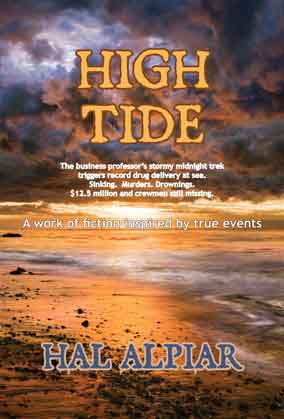Jan 11 2012
STAY SMALL TO GET BIG
You’re an entrepreneur?
You’re probably the
runt of the litter!
Ask anyone who’s made it big in the service business, and the odds –by my calculations– are roughly 9 out of 10 that she or he did it by staying small. Makes sense. Most runts of the litter have entrepreneurial zeal and instincts. They scrap, scrape, and battle for food and attention from the day they’re born.
And runts make great dogs but not always great parents, which raises a key how-to issue about staying small. From my experience, there’s hardly ever a good and reasonable reason for adding payroll employees when you’ve passed the point of generating strong revenues on your own..
At most, you may decide to put an assistant on payroll, but herein lies the secret to continued growth: The person you choose must be dedicated and loyal to you at all costs. He or she must be a super organizer since –as an entrepreneur– you’re probably not. This individual must have no greater purpose than to make you successful.
In other words, do NOT seek a creative thinker. That’s your job! Do NOT seek a super salesperson. That’s also your job! Find someone you can trust absolutely all of the time. Find someone who will be assertive with other people on your behalf. Find someone who will rise to the occasion, who does not need hand-holding.
You need a person with strong judgement skills, who can readily size up others (and situations) and who knows enough to know when to insist on over-communicating with you. In other words, if you need to hire someone, hire a leader. If you can find this individual, and it may take years of searching, you won’t need anyone else.
Anyone else you take on should be on a commission, performance incentive, or parttime basis. Once you add a payroll position, and get the wrong person involved, you commit to stagnation and foreclose your prospects to succeed; you commit to the odds of adding expenses without being able to cover them. You commit to status quo.
In a product business, you need only to add skilled labor on a highly selective and prudent basis. One person with know-how, and the drive and energy to do the work of two people at one and a half times a one-person salary is far better than two people doing two jobs for three-quarter person salaries.
The bottom line: Runts of the litter excel as entrepreneurs. They are more independent, inventive, industrious, and self-sufficient. Rather than waste time looking, they will use a coin for a screwdriver. But once in a while, they need to back off and do some hard thinking about where they’re headed and where the next bone is coming from.
# # #
Hal@Businessworks.US 931.854.0474


